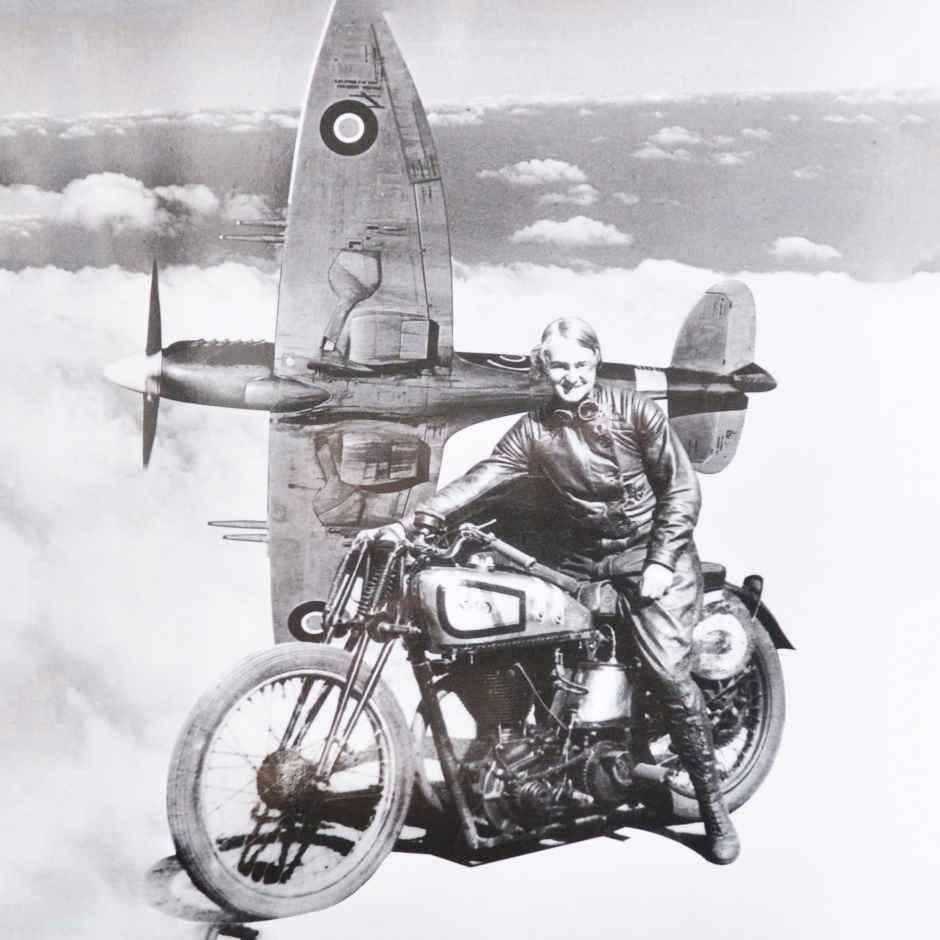Late great engineers: Beatrice Shilling - Battle of Britain innovator
Beatrice Shilling’s engineering fix to a major design flaw in World War Two Hurricane and Spitfire fighter plane engines contributed to the eventual outcome of the Battle of Britain. Written by Nick Smith

It was only a brass washer in the shape of a thimble. But it stopped Britain’s Merlin engine carburettors flooding in temporary negative-g manoeuvres such as a nosedive or inverted flight. While the RAF toiled over a long-term solution to their engines cutting out in combat, an engineer by the name of Beatrice Shilling pulled a rabbit out of the hat in the form of an ingenious workaround. Her ‘RAE Restrictor’ had been designed to allow just enough fuel to maintain power while preventing flooding, and crucially, the device could be fitted without removing planes from operation. RAF pilots referred to the innovation as ‘Mrs Shilling’s Orifice’, a ribaldry that has amused engineering students of a certain mindset for more than half a century. Saddled with the unflattering nickname of Tilly – ‘tillies’ were ‘utilitarian’ vehicles used in the armed forces – Shilling rose above the inevitable sexism that accompanied women engineers in a male dominated profession, not only to do her bit for the war effort, but also to become a ‘flaming pathfinder of Women’s Lib’, as well as a leading motorbike racer (and one of the few women to be awarded the Brooklands Gold Star).
Register now to continue reading
Thanks for visiting The Engineer. You’ve now reached your monthly limit of premium content. Register for free to unlock unlimited access to all of our premium content, as well as the latest technology news, industry opinion and special reports.
Benefits of registering
-
In-depth insights and coverage of key emerging trends
-
Unrestricted access to special reports throughout the year
-
Daily technology news delivered straight to your inbox










Water Sector Talent Exodus Could Cripple The Sector
Maybe if things are essential for the running of a country and we want to pay a fair price we should be running these utilities on a not for profit...